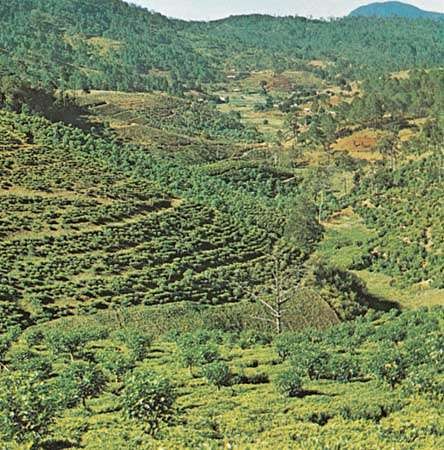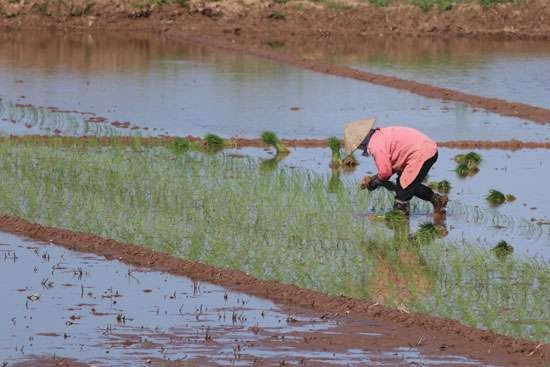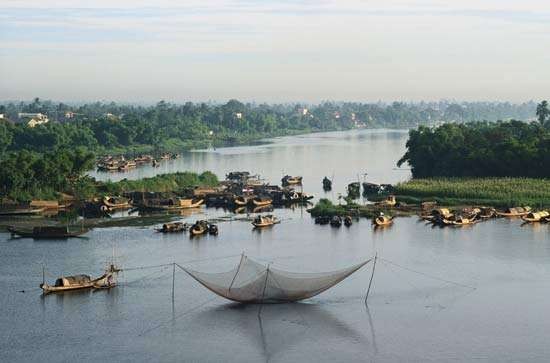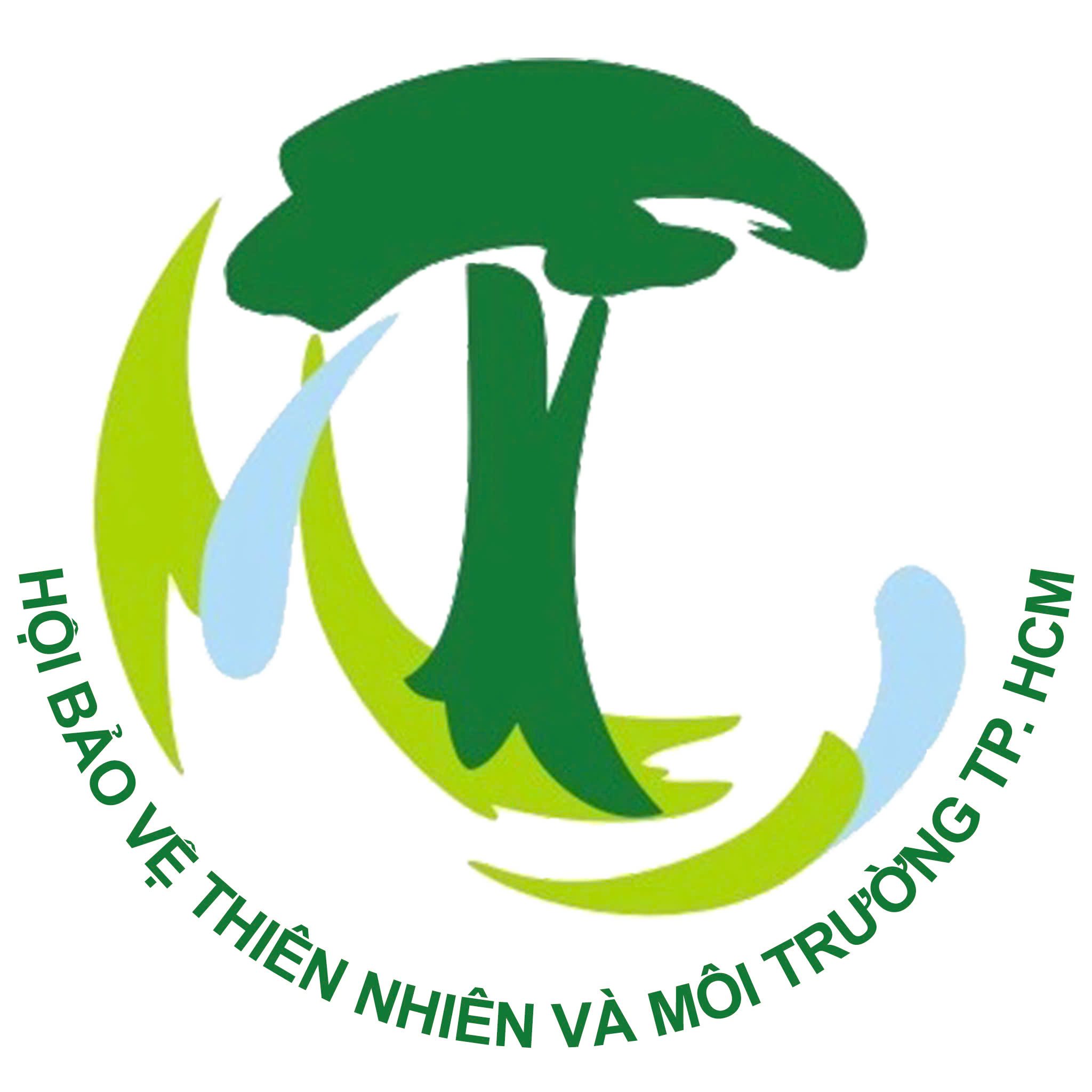Agriculture is fading as the most important economic sector in Vietnam. Although agriculture still employs more than half of the population and manufacturing accounts for a mere 8 percent of all employment, the output value of both manufacturing and services surpassed that of agriculture in the early 1990s.
Yet, agriculture is the main source of raw materials for the processing industries and a major contributor to exports; by the late 1980s Vietnam was again exporting rice after years of shortages. Permanent cultivation covers large areas of the country’s lowlands and smaller portions of the highlands. The primary agricultural areas are the Red River delta, the Mekong River delta, and the southern terrace region. The central coastal land, which is subject to destructive typhoons, is a region of low productivity. The central highlands area, traditionally one of low productivity, has been intensively cultivated since 1975, but with mixed results.
 Tae Plantation near ĐaLat- Southern Viet Nam
Tae Plantation near ĐaLat- Southern Viet Nam
Rice is the most important crop. It is grown principally in the Red and Mekong river deltas. Other major food crops are sugarcane, cassava (manioc), corn (maize), sweet potatoes, and nuts. Agriculture is highly labour-intensive in Vietnam, and much plowing is still done by water buffalo. There are many plantations of banana, coconut, and citrus trees, most of them found in the Mekong delta and the southern terrace regions. Coffee and tea are grown in the central highlands. The production of rubber was disrupted by the war but has been restored in the central highlands and southern terrace regions. Fields, groves, and kitchen gardens throughout Vietnam include a wide variety of fruit trees (banana, orange, mango, jackfruit, and coconut) and vegetables. Kapok trees are found in many villages, and the Vietnamese cultivate areca palms and betel peppers for their nuts and leaves and mulberry bushes to feed silkworms.
 Rice Planting- A farmer planting rice in Ninh Binh delta Viet Nam 2015
Rice Planting- A farmer planting rice in Ninh Binh delta Viet Nam 2015
The export of such seafood as shrimp, squid, crab, and lobster has become a major source of foreign exchange. There also has been an increase in the number of commercial shrimp farms. The most important freshwater fisheries are located on the plains of the Mekong and Champasak (Bassac) rivers.
 Fishing on the river in Vietnam
Fishing on the river in Vietnam
Forestry is of major importance, primarily serving the domestic market. Charcoal production is widespread, and a number of factories produce furniture, pulp, and paper. Plywood, lumber, and rattan products also contribute to the economy. Deforestation and soil degradation, however, threaten the viability of the industry, especially as domestic demand for forest products rises.
Scource: www.britannica.com
 English
English
 Vietnamese
Vietnamese








